Hau Giang has advantages in terms of land, climate, water resources... so it is very favorable for developing aquaculture areas. Besides extensive farming, intensive farming of snakehead fish - a specialty of the province - is chosen by many households.

The production linkage model between Ky Nhu Cooperative and farming households has brought about many results.
Economic stability with pangasius farming
In Thanh Hoa commune, Phung Hiep district, Mr. Pham Van Khoi is a person who has been involved with snakehead fish for many years, from breeding to commercial farming. Mr. Khoi shared: “Currently, I have more than 2,000 square meters of water surface to raise snakehead fish. At first, my family only farmed rice, and rice production had a good harvest but low prices, so I encountered many difficulties. In 2008, I started buying fry to raise and sell fish to fish farms. Seeing that raising fish was profitable, I boldly invested in more commercial fish farming area, and output and profit increased gradually each year. In 2021-2022, I released about 70,000 snakehead fish fry with striped snakehead fish, to take advantage of excess food in the pond and improve the water environment. In the last crop, I harvested 18 tons, with a selling price of 70,000 VND/kg, I earned 1.26 billion VND, minus expenses, the profit was 324 million VND”. Mr. Khoi informed that raising snakehead fish is not difficult, if the correct technical process is applied, the fish will grow very well. Fish usually only get intestinal infections but they are also easy to treat.
According to statistics from the provincial agricultural sector, as of June 2023, the aquaculture area of the whole province is more than 3,654 hectares. Of which, the area for raising snakehead fish is 58.96 hectares, and by the end of the year, the area is expected to reach about 100 hectares. Currently, intensive snakehead fish farming is mainly in Vi Thuy, Chau Thanh A, Long My districts, Vi Thanh city, but is concentrated in Phung Hiep district. Among them, there are a number of households participating in cooperative groups (THT), cooperatives (HTX) raising snakehead fish and there are many cooperatives with a closed production process from producing fry, supplying feed to members, and linking to output consumption. Currently, the farming area of cooperatives is still small, mostly on a small scale.
According to farmers, in order to create a foundation as well as motivation to expand the area, sustainably develop commercial catfish farming models associated with chain linkages to increase product value, it is necessary to closely connect with feed companies supplying to farmers through cooperatives, cooperatives and purchasing fish from people; capital is also an important factor for people to continue to maintain and develop their pond area. Therefore, it is necessary to support organizations and individuals to access capital with preferential interest rates, thereby helping to reduce production costs, perform well the supply services and improve product quality.
Raising and processing snakehead fish is considered a profitable profession for many farmers. In order to have a stable source of raw materials for production, in addition to its own 3 hectares, Ky Nhu Cooperative, in Thanh Hoa Commune, Phung Hiep District, has boldly linked up with farming households in the production area according to the value chain with an area of 12 hectares. On average, each year Ky Nhu Cooperative purchases and processes more than 500 tons of raw snakehead fish. Ms. Nguyen Kim Thuy, Director of Ky Nhu Cooperative, said: “If we can form a specialized fish farming area combined with processing and promoting products from snakehead fish according to VietGAP standards, the price of fish will be stable and higher. Because the current demand is that most people prefer clean products, when meeting this demand, snakehead fish products will reach further into foreign markets, at which time the product will increase its value even more. In the near future, the facility will expand the pond area by 2 hectares to ensure supply to the market. In addition, we will continuously organize meetings to exchange professional knowledge so that members can access advanced technologies to help members increasingly improve the efficiency of snakehead fish.

Mr. Pham Van Khoi, in Thanh Hoa commune, Phung Hiep district, next to the model of raising snakehead fish.
Factors for sustainable development
According to the provincial agricultural sector, with the intensive industrial farming of snakehead fish, it is necessary to apply water circulation technology to save water resources and protect the environment; farming processes follow good farming practices, in which the State invests in supporting funding for certification of good aquaculture practices (GAP), food safety to improve product quality, value and sustainable development. In terms of product consumption, Hau Giang also builds a brand for "Hau Giang snakehead fish" products, as well as calling on businesses and cooperatives to invest in processing technology to diversify snakehead fish products, and link to develop raw material areas. In addition, managing and building a synchronous ecosystem for the chain of links such as planning fish raw material areas, production methods of processing factories, linking small-scale production households in the form of cooperation (THT, cooperatives, enterprises...), thereby forming production links in the value chain... Because linkage in seafood production is an inevitable requirement to be able to apply production according to international standards GlobalGAP.
Ms. Nguyen Thi Thuy Lam, Deputy Head of the Department of Animal Husbandry, Veterinary and Fisheries of the province, said: The industry always encourages people to connect to form cooperatives and groups, including horizontal and vertical linkages. Horizontal linkages are between farmers to facilitate the exchange of techniques and farming experiences to bring efficiency and high quality to products. In addition, this linkage also helps people in purchasing input materials to reduce costs and produce according to VietGAP standards to increase product value. Vertical linkages are links between farmers and input material suppliers, between farmers and processing facilities, forming a chain linkage system. As for the industry, we will actively promote so that people understand the benefits of cooperation, and continuously organize training courses to guide farming techniques in the direction of food safety or good production standards to reduce the use of antibiotics, increase the value and quality of products and achieve high productivity for farmers.
The good application of technical advances and the correct farming process recommended by the industry will also contribute to the effectiveness of expanding the fish farming area in the area. One thing to note is that stocking in the right season, managing water sources and food well to limit environmental pollution is also a factor for success in the season. The core issue today is that the source of clean agricultural products determines the value of the product, so building an aquaculture model applying VietGAP, GlobalGAP processes... in the direction of linking groups of households and cooperatives is very necessary.
According to the plan of the provincial agricultural sector (2021-2025 period), the total area is expected to reach about 11,000 hectares by 2025. Of which, the pond farming area is 4,900 hectares (200 hectares of pangasius, 150 hectares of snakehead fish, 50,000 square meters of eel...), the aquaculture - rice farming area is 6,100 hectares, and the cage farming area is 5,000. By 2025, the total aquaculture output is estimated at 120,000 tons. Of which, the farming output is 117,200 tons (50,000 tons of pangasius, 13,500 tons of snakehead fish, 1,750 tons of eel...). In addition, it is necessary to harmoniously combine exploitation with protection of freshwater aquatic resources in the province, maintaining aquatic exploitation output of about 2,500-3,000 tons/year. The growth rate of aquatic production value in the period of 2021-2025 is about 2.5%/year. |
Article and photos: NGUYEN HUAN
Source








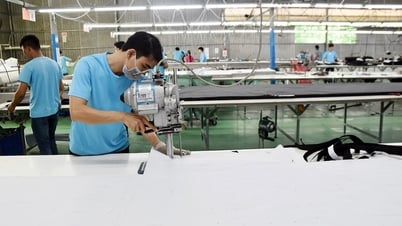
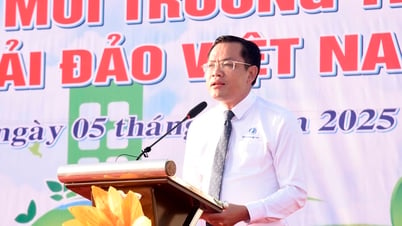
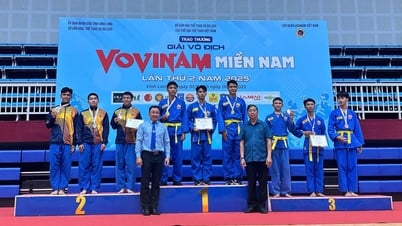
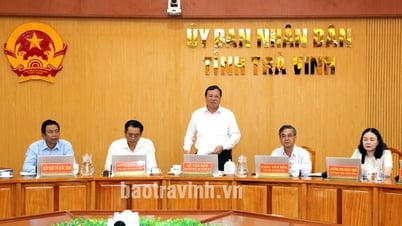

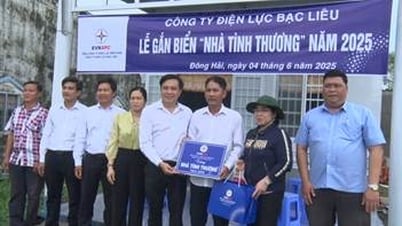





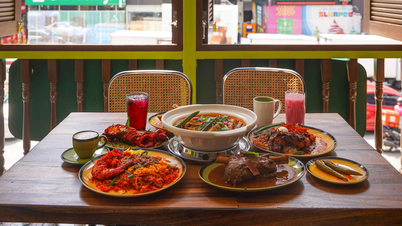

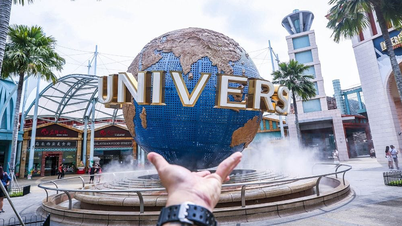
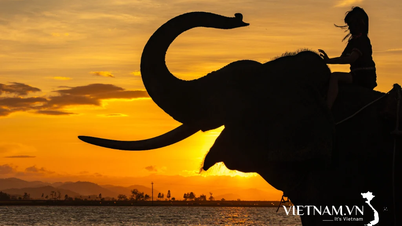








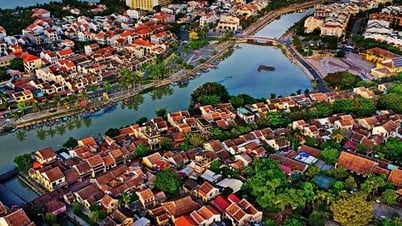



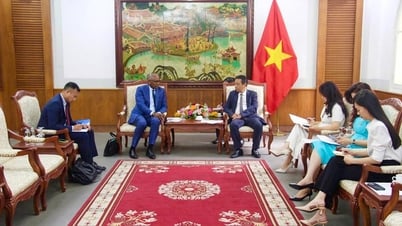

















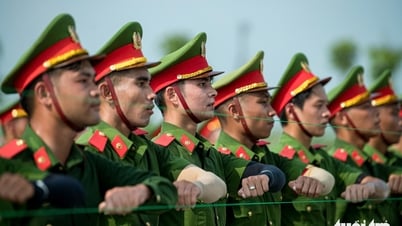



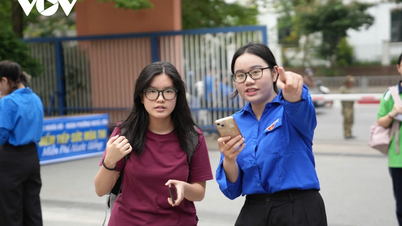

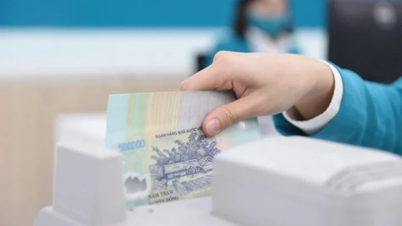
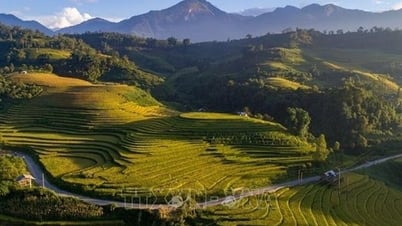

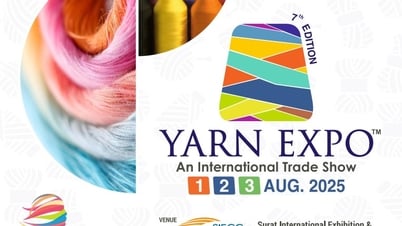



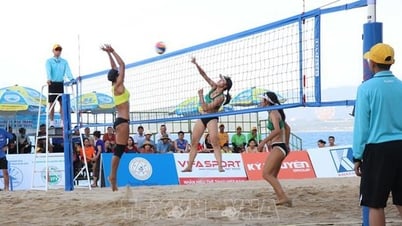
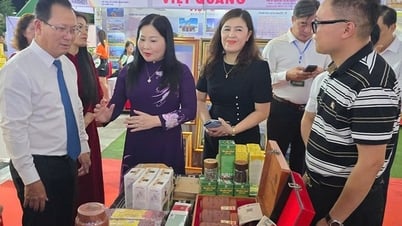
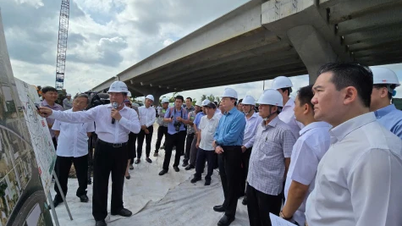


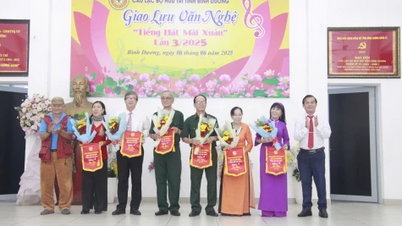
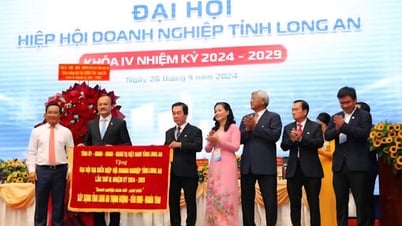

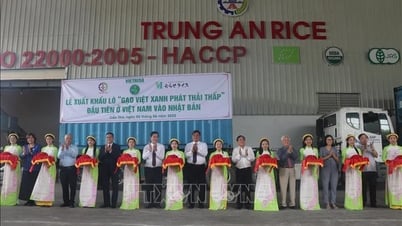

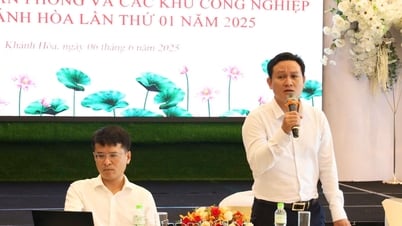

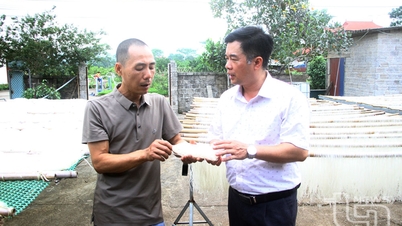

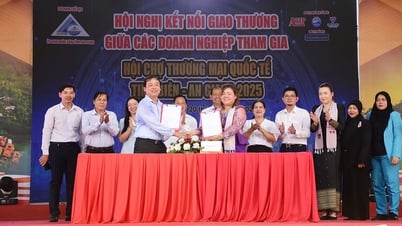

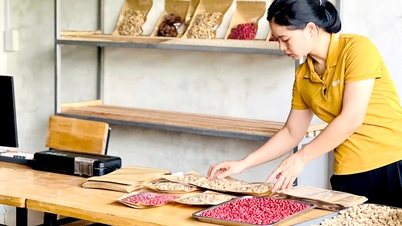






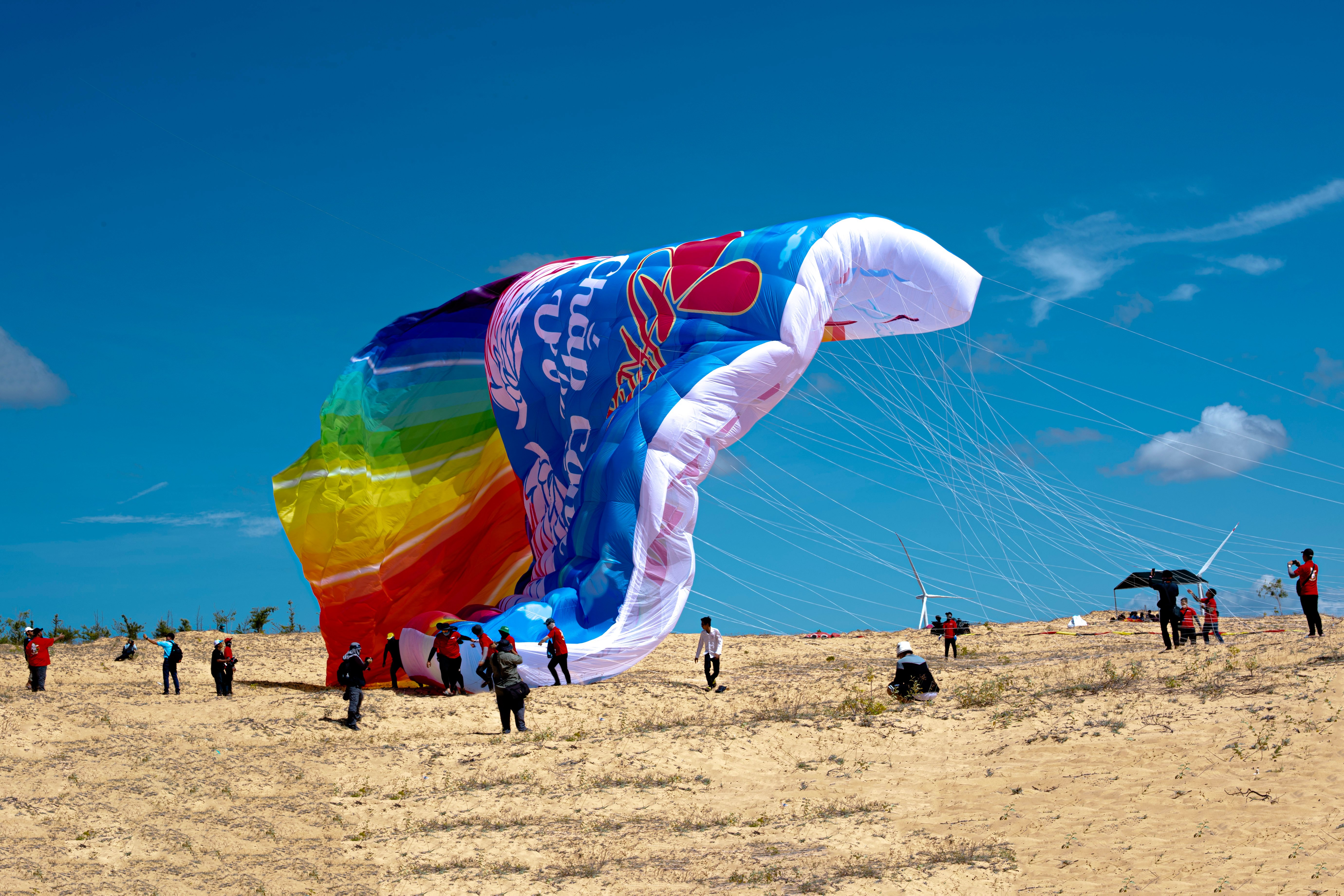
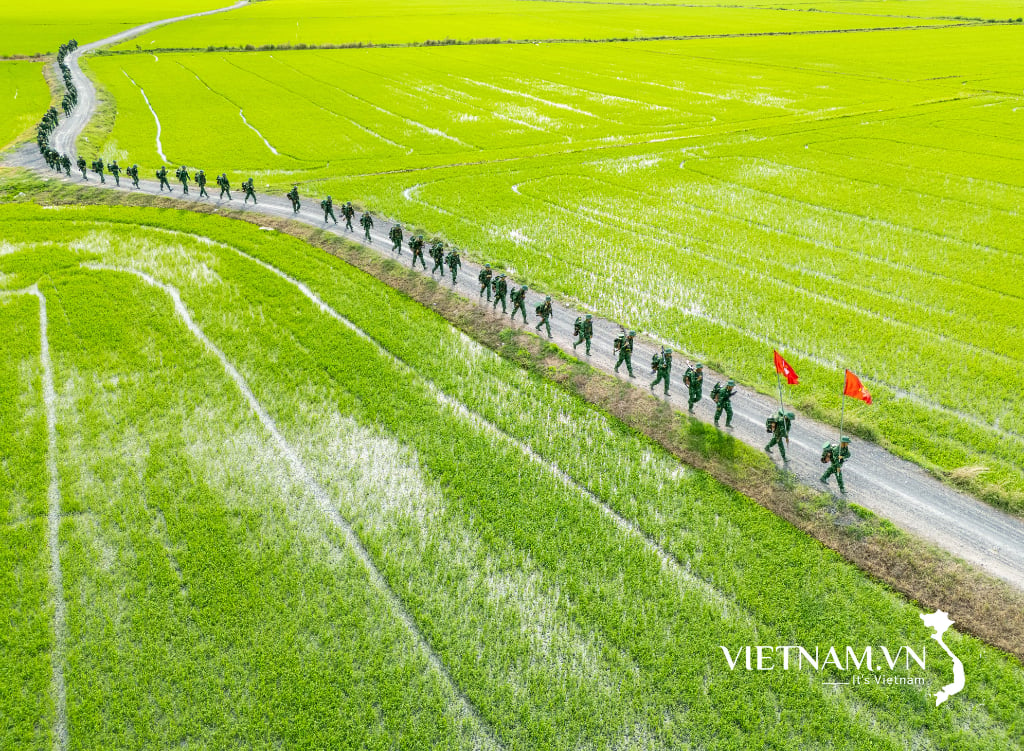


Comment (0)